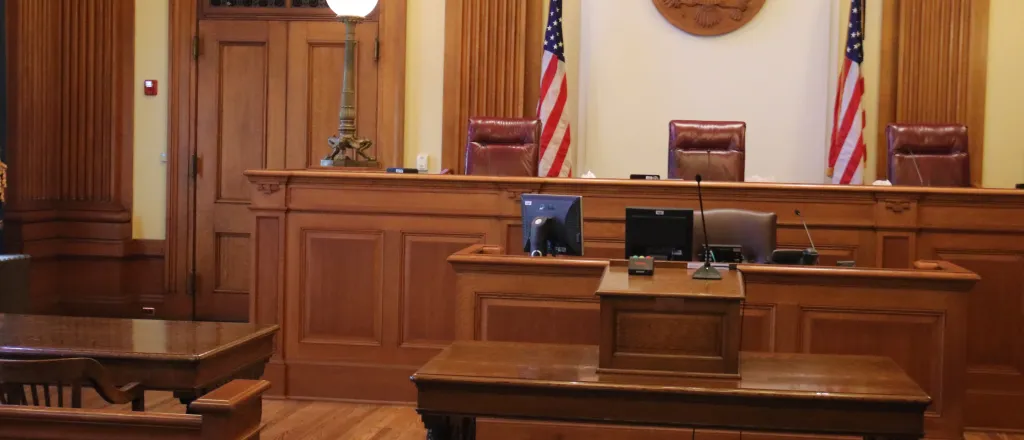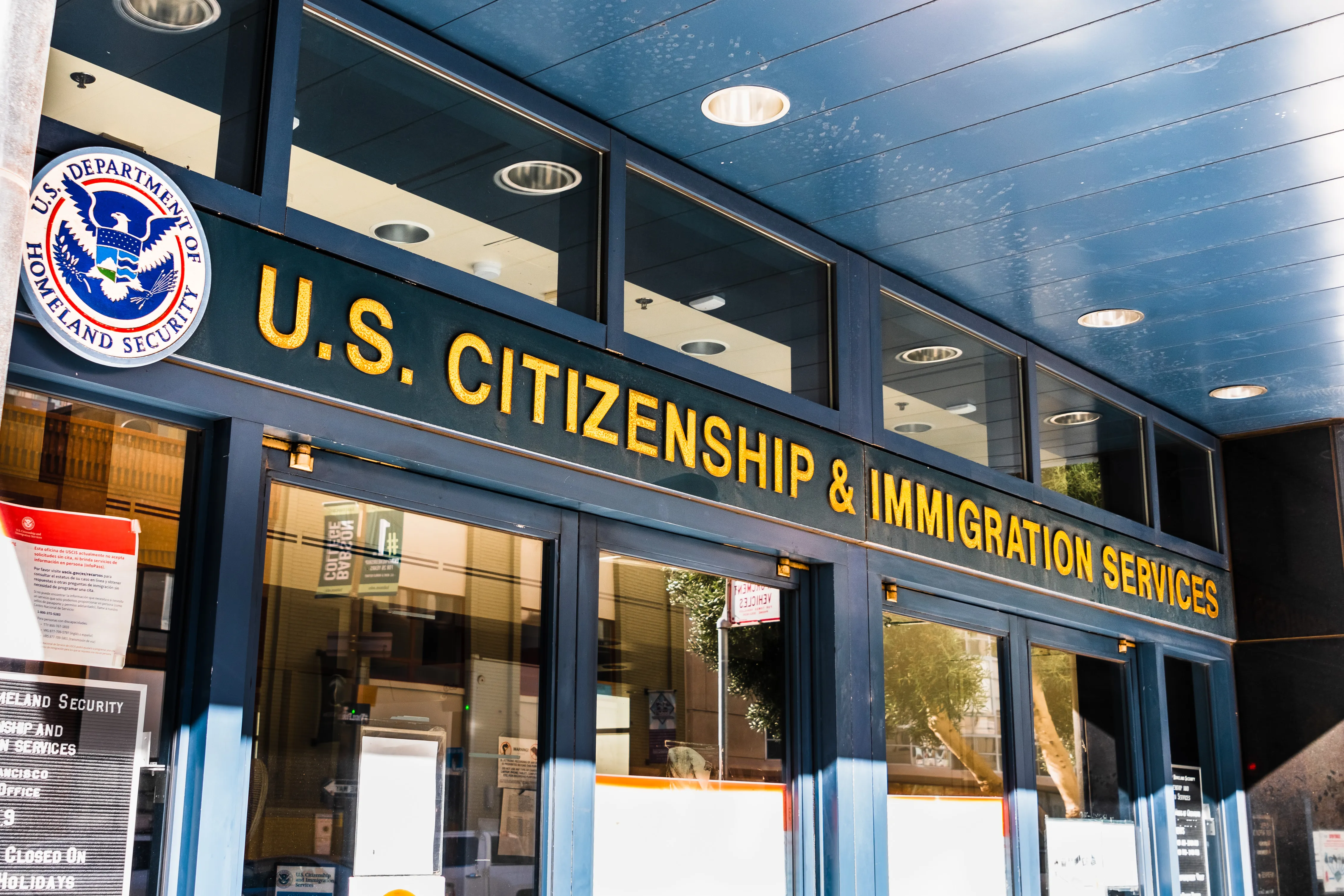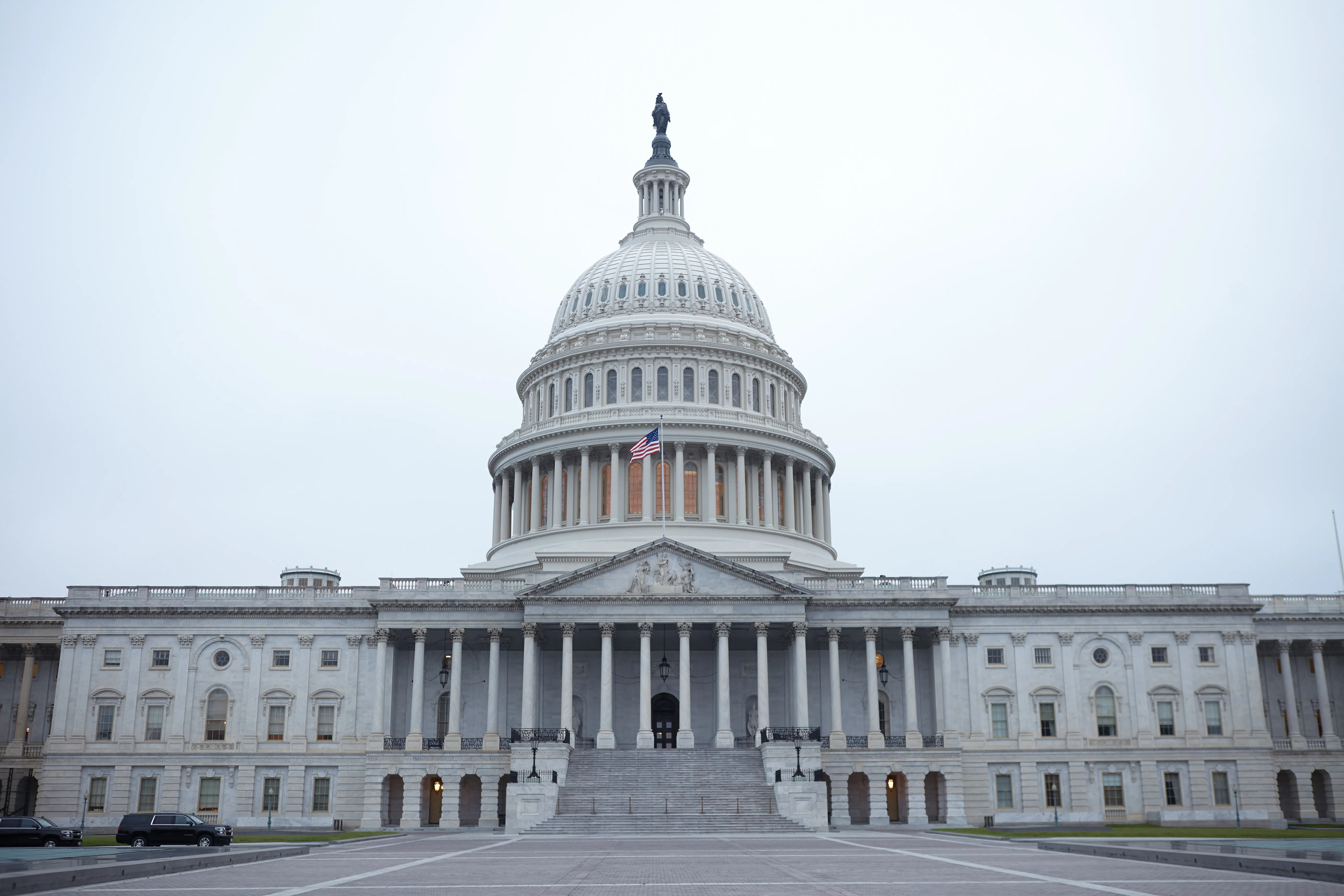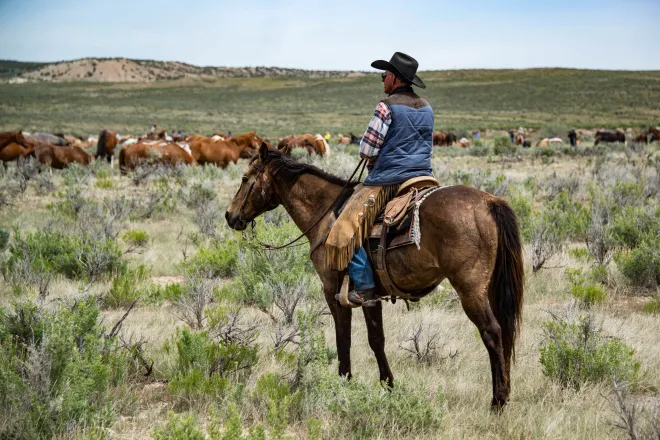
Trump dealt loss as judge rejects executive order claiming ‘invasion’ at the border
A federal judge Wednesday ruled as unlawful an executive order by President Donald Trump that barred asylum by claiming an “invasion” at the southern border and the need to protect states.
It’s the first major blow to the Trump administration in its attempt to end the ability for asylum seekers to make asylum claims.

President Donald Trump. Courtesy Voice of America.
“The President cannot adopt an alternative immigration system, which supplants the statutes that Congress has enacted,” District of Columbia U.S. District Judge Randolph Moss wrote in his opinion.
“Here, nothing in the (Immigration and Nationality Act) or the Constitution grants the President or his delegees the sweeping authority asserted in the Proclamation and implementing guidance,” continued Moss, who was appointed by former President Barack Obama.
The order from Moss also prevents the U.S. Department of Homeland Security from enforcing the executive order.
He also agreed to certify a class for potential asylum-seekers, which comes after last week’s Supreme Court ruling that curtailed nationwide injunctions from lower courts. Certifying a class was suggested by the court to give judges an avenue to make an order broader.
Moss put his order on hold for 14 days, to give the Trump administration time to appeal his ruling. If the order is upheld by an appeals court and the Supreme Court, it would require the Trump administration to begin processing asylum applicants for migrants.
“(The executive order) is unlawful insofar as it purports to suspend or to restrict access to asylum, withholding of removal, or the existing regulatory processes for obtaining (Convention Against Torture) protection,” Mosswrote in his order.
Inauguration Day
The asylum order was one of several immigration-related executive orders that Trump signed on the Inauguration Day of his second term. The order proclaimed that the “current situation at the southern border qualifies as an invasion” and barred asylum-seekers from being able to claim asylum.
Trump characterized asylum-seekers seeking entry at the U.S.-Mexico border as an “invasion” and said that the states need “protection,” so the White House would suspend physical entry until the president deemed the “invasion” over.
Encounters at the southern border have been the lowest in several years.
The section Trump cited in his proclamation, section 212(f), is part of the Immigration and Nationality Act. Under that section, the president has the authority to “suspend the entry” of people who are not U.S. citizens under certain circumstances.
Complaint filed in February
The suit from the American Civil Liberties Union and other legal organizations, on behalf of Refugee and Immigrant Center for Education and Legal Services, or RAICES, and other immigration legal service providers, argued the executive order unlawfully denies asylum and other humanitarian protections that are “expressly granted by Congress.”
“It is returning asylum seekers—not just single adults, but families too—to countries where they face persecution or torture, without allowing them to invoke the protections Congress has provided,” according to the initial complaint filed in February. “Indeed, the Proclamation does not even exempt unaccompanied children, despite the specific protections such children receive by statute.”
RAICES, Las Americas Immigrant Advocacy Center and the Florence Immigrant And Refugee Rights Project, which provide legal services to immigrants, argued that the proclamation harms the legal aid work of the individual plaintiffs.
Those individual plaintiffs in the suit include people who allege they fled persecution in Afghanistan, Ecuador, Cuba, Egypt, Brazil, Turkey and Peru. Some plaintiffs have either been removed to their home country, or to a third country such as Panama, according to the filing.
















